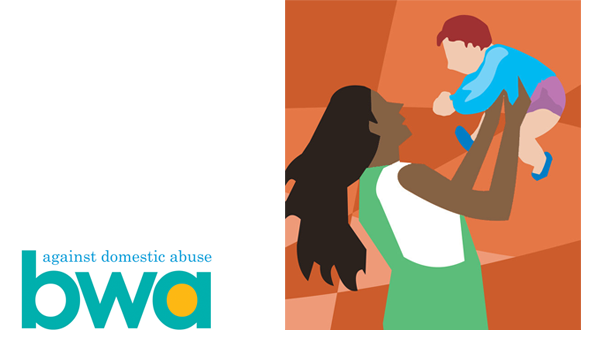More than ever, not for profit and charity organisations are looking to get good value for money when commissioning digital services like website design and web content. Public Impact thinks creatively about how client and agency can work together to deliver better web design, more effective websites and deliver measurable return on investment.
Before you start stop and think about what you are trying to achieve. These are our top five tips.
1. Prioritise the biggest challenge
NGO’s and other third sector bodies do lots of different things: advocacy, fundraising, providing services, giving information – you name it. Focussing on the elements that can have the biggest impact online is the key to using the web to maximum effect.
When funds are limited it is important to demonstrate the effectiveness of the website. To demonstrate a valuable return on investment it pays to do the most important thing really well – so prioritise. In doing so remember it is the visitors to the site, not necessarily your own staff who are the most important people to consider. Once you have shown that you can save money, improve donations, retain members more effectively then you’ll be able to justify other areas of work.
So start by looking at your current web stats to get a good idea of where your visitors are heading then consider a full external audit of your site
2. Know your audience
You need to be on receive. Most organisations can tell you something about their audience – their supporters, customers, donors and members. But just because your audience had particular views and profiles that doesn’t mean they will always be the same. The online world changes rapidly and a deeper engagement with your visitors will pay dividends and the insights you gain from audience research will help you to create an effective website and avoid some costly mistakes.
The most effective research will be quick and easy for the user and highly informative for you. It doesn’t need to be expensive but you will almost certainly benefit from professional help.
Your research should give you a series of profiles. It’s good to phrase these as fictional characters with personalities and character traits. These ‘personas’ give a human face to your audience abstract and help you communicate within the organisation with whom your site is seeking to communicate.
3. Too many bells and whistles are just noise
There are some excellent, freely available technical solutions out there to meet the needs of your users. It is easy to get carried away and employ too many. Remember your priorities. Identify the function that will be most useful to most people – perhaps it’s finding the nearest service to them, perhaps it is about the availability of a course of a facilitator. Make sure it is something that adds value to your site rather than detracting by producing useless or incomprehensible information.
4. Go open source
Open Source software (freely licenced in the public domain) can deliver quality and cost-effective solutions. If an agency isn’t offering you an open source solution, at least as an option, find someone who will. There are large supporting markets in Open Source web tools which mean you are not hostage to proprietary systems or rising upgrade licence fees.
There are many easy to use Content Management Systems (CMS) and their adoption by in-house teams can be smooth. But the right choice for your organisation is important – that depends on the nature of your site, your web traffic and your objectives. Make sure you get the right advice about the right Open Source tools for the job to rule out avoidable and expensive mistakes later
5. Get to know internal stakeholders
The biggest risk to a project running to time and on budget is often the failure to ensure that internal stakeholders are onside.
Understanding this right at the beginning produces results at the business end of the project. To dispense with the stage of project planning that achieves stakeholder buy-in, including at the most senior level is a false economy. When a genuine consensus is achieved on a project it makes a massive difference to the likely success.
Workshop engagement sessions for internal stakeholders at the start of the project are a proven method of delivering the inclusive leadership without which success is all the harder to achieve.




